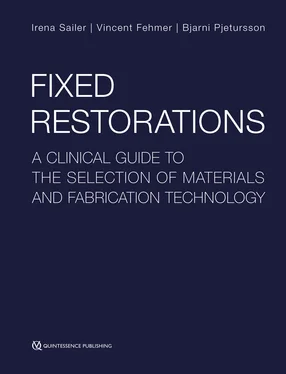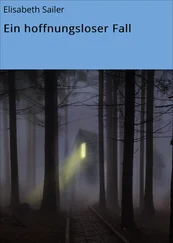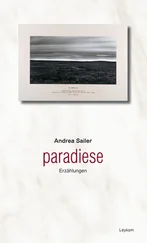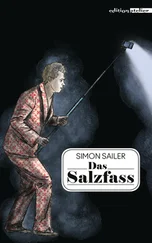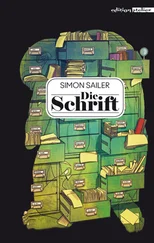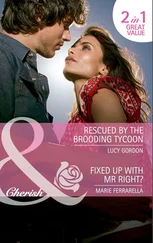Color
Coloring of resins and ceramics is obtained by using inorganic pigments, mostly metal oxides (Fig 1-1-6).
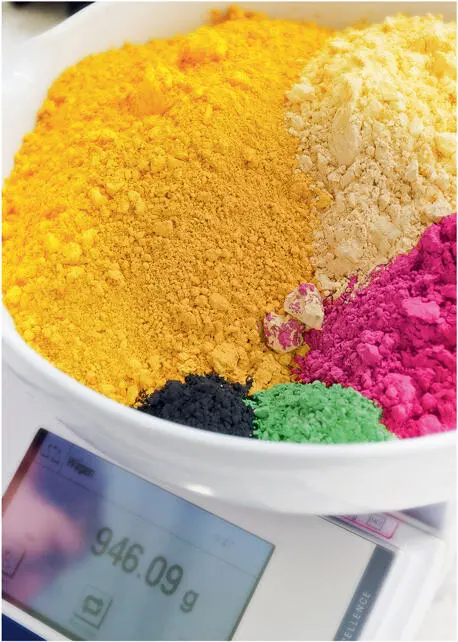
Fig 1-1-6 Pigments used to produce the appropriate shades.
Translucency
When there is no light absorption and no optical obstacle in the material, light passes through a material like a windowpane without being scattered. This effect is called translucency (Fig 1-1-7).
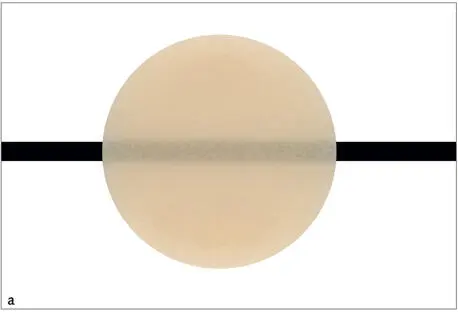
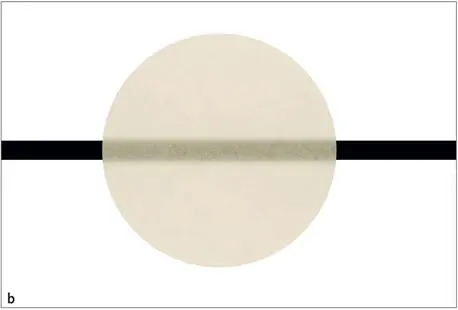
Figs 1-1-7a and 1-1-7b Translucency of different ceramic shades. (a)Dentin layer. (b)Enamel layer.
Refraction and reflection
When light passes through an interface and enters a different material, eg, from air to glass, the direction of light propagation is changed, which is called refraction. Depending on the incidence angle, light might also be completely reflected as if hitting a mirror (Fig 1-1-8). These effects lead to a scattering of the light. Interfaces in a material (ie, particles incorporated for strengthening) add to the optical properties by scattering the light as well (Fig 1-1-9).
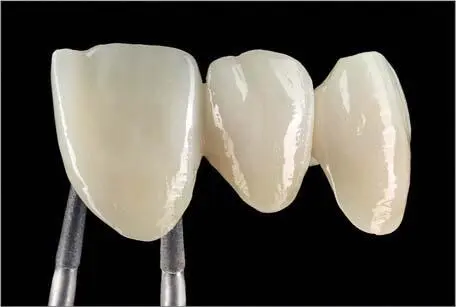
Fig 1-1-8 Reflection of light at the ceramic surface. Depending on the surface roughness and the incidence angle, reflection is more or less pronounced.



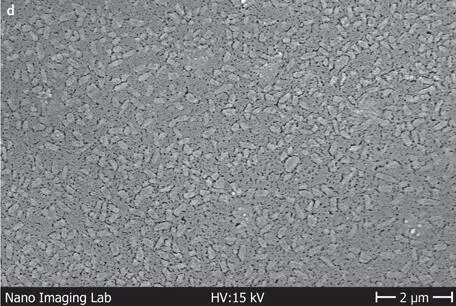
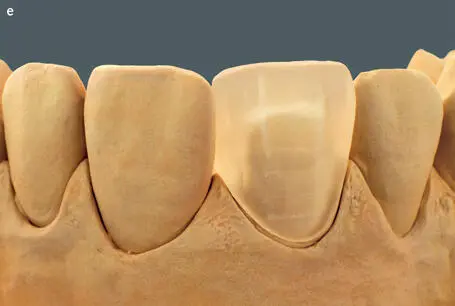
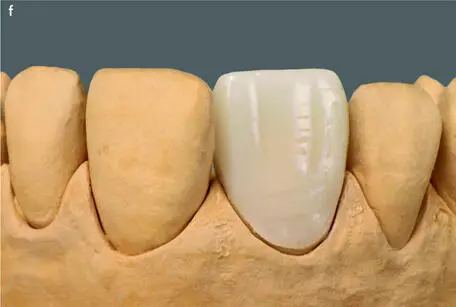
Figs 1-1-9a to 1-1-9f Refraction of light in a glass-ceramic (Vita Suprinity PC) before and after crystallization. (a and b)Schematic representation of light refraction. In the glassy state (a)the material is translucent. Light passes through the material without being refracted. After crystallization (b)light is scattered at the interfaces between glass matrix and crystals. The light is partially refracted and the material thus appears whitish. The surface is slightly etched with hydrofluoric acid to demonstrate the transition from the glassy state to the typical microstructure of glass-ceramic characterized by a glass matrix and incorporated crystals. (c and d)Microstructure before (c)and after (d)crystallization. (e and f)Appearance before (e)and after (f)crystallization.
Diffraction and opalescence
At obstacles smaller than the wavelength, the light will be refracted and scattered in all directions. By diffraction white light is split into the spectral colors. The short blue wavelength will be more deflected than the long red one. If the light source is behind the observer, mainly the blue light is seen; if the light source is behind the object mainly yellow and red colors are seen (Fig 1-1-10). The effect is visible in the sky: small water drops scatter the light. If the sun is in front of us, we mainly see yellow and red light; if the sun is behind us, we can see the azure blue sky.

Figs 1-1-10 Opalescence of a dental ceramic.
Fluorescence
The teeth glow when illuminated with ultraviolet light. Electrons are stimulated by the ultraviolet light and give off the energy by emitting visible light (Fig 1-1-11). Materials for esthetic restorations must show a similar effect. The name originates from the mineral fluorite, where this effect was first observed.

Fig 1-1-11 Fluorescence of a dental ceramic.
Blending quality
Blending quality (“chameleon effect”) is the perception that color differences between esthetic dental materials and dental hard tissues appear smaller when the materials are viewed side-by-side than would be expected when viewed in isolation 12.
1.1.3 Overview of current materials for fixed restorations
Modern restorative systems may roughly be classified into composites, silicate ceramics , and zirconia . The application of metal-ceramics is still very common but decreasing.
Composites
A composition material – abbreviated to composite – is a material composed of at least two constituent materials with differing physical and/or chemical properties. In dentistry the term composite is − as a general linguistic usage − restricted to materials composed of polymers and ceramics. By coupling ceramic and resin the advantageous properties of both materials are combined: the elasticity of resin counteracts the brittleness of ceramic and the tendency of resin to wear is counteracted by the wear-resistant ceramic. Composites are provided in blanks either made out of a polymer matrix reinforced with ceramic particles (particle-filled polymer) or out of a ceramic network infiltrated with polymer (polymer-infiltrated ceramic) . They are both indicated for restoring teeth or implants chairside in one session by CAD/CAM technology. Of course, they may also be processed in a dental laboratory. Both materials show an excellent milling accuracy and edge stability, as well as a significantly reduced processing time compared to ceramic materials.
Particle-filled polymer
The polymer of this material group is mainly composed of dimethacrylates such as bisphenol A-glycidyl methacrylate (Bis-GMA), urethane dimethacrylate (UDMA), and triethylene glycol dimethacrylate (TEGDMA) (Fig 1-1-12). The resin matrix is filled with ceramic particles (Fig 1-1-13). The basic structure is close to composite filling material with a ceramic filler content of about 50% by volume or 80% by mass 13. Due to their low mechanical strength, most materials are available in blanks for single-unit use only, yet in different shades. The main indication for the particle-filled polymers are posterior tooth-borne single-unit restorations like inlays, onlays, overlays, and partial crowns. Some products are released for fixed dental prostheses up to three units (eg, Ambarino High-Class, creamed, Marburg, Germany) and even up to five units (eg, LuxaCam, DMG, Hamburg, Germany) or for implant-supported full arch fixed/removable prostheses (eg, Crystal Ultra/Trilor, digital dental, Scottsdale, AZ). Some manufacturers also recommend the fabrication of anterior tooth-borne restorations like veneers, however, as the esthetic result does not reach the outcomes of silicate ceramics, the particle-filled polymers cannot be recommended for highly demanding esthetic situations. Esthetic improvement can be achieved by “veneering” the particle-filled polymer restorations with filling composites; however, their main application remains for the fabrication of monolithic single-unit restorations.
Читать дальше
